John. Loo. Can. Commode. Potty. Prive. Pissoir. Oval Office. Porcelain Throne. WC. Reading Room. Crapper. Head. Shi*ter… The Toilet!
Toilets are the most functional fixtures in a bathroom, but there are many different design options available. Heights and water flow vary, as well as basic shapes and outlines to suit different style preferences and space limitations. So, let’s learn more about this famous seat and how to best incorporate the right one into your “cloakroom.” (1)
Stylish Stools (2)
Toilets, believe it or not, can enhance the style of your bathroom. A toilet can add to the vintage charm you’re seeking, keep it sleek and modern, or stay in line with a good ole traditional bathroom aesthetic. Check out the different types of toilets.
Two-Piece Toilets (Close-Coupled)
Two-piece toilets are the standard. A two-piece consists of the toilet bowl and tank. The two pieces are secured with bolts and a gasket that seals the passage of water from the tank to the bowl.
- Most affordable
- Incredibly durable – longer life span
- More design options to choose from
One-Piece Toilets
One-piece toilets are a bit more expensive than the standard two-piece toilets but the benefits and characteristics outweigh the bigger price tag.
- Design/shape eliminates its vulnerability to leaks
- Easy to install
- Easy to clean- No nooks and crannies that trap bacteria
- Smaller- Ideal for bathrooms with limited space
Wall Hung Toilet
- Most modern and sophisticated version of a toilet available in the market today
- Comfortable since the bowl can be adjusted to the perfect height and there’s no bulky tank in the way
- Virtually silent flushing system
- Usually equipped with soft-close seat technology
Back to Wall Toilets
These toilets are a contemporary style choice. They are fixed directly into the wall, hiding the toilet tank (if there is one).
- Perfect mix between wall-hung and traditional floor-mounted toilets
- No water tank behind means much more room
- Modern, sleek look
- Smaller- ideal for bathrooms with limited space
- Easy to clean
- Incredibly comfortable
High Tank Toilets
These function in the same way as a two-piece toilet, except that the toilet tank is installed up on the wall instead of being secured directly to the bowl.
- More expensive than a standard two piece due to its retro design appeal
- Chain-pull flush mechanism
- Ideal for traditional/retro design
- Lower tank placement is an option to maintain the retro feel while using up less wall space
The Courtesy Flush
While you might not think about how your indoor toilet works very often, you may be surprised to know that a number of different flushing systems are available. Whether you’re more interested in a quiet flush or something more environmentally friendly, here are some of the most common toilet-flushing systems available on the market today. (3)
Gravity Flush
- Traditional flush system powdered by gravity, using the weight of the water itself to create flushing pressure
- Water from the tank is forced into the bowl, cleaning it and removing waste at the same time
- Once of the oldest mechanisms for flushing, but its timeless simplicity has kept it around for centuries
- Quietest flushing system available
Dual Flush
- 2 flush button options – half Flush for liquid waste and full flush for solid waste.
- water – good for the environment
- Slightly higher in price
Pressure Assist
- Mechanism uses pressurized air to force water into tank
- Powerful flush, no clogs
- Conserves water – ½ gallon less per flush
- Great for frequently used bathrooms
Up Flush
- Eliminates the need for drilling holes in your bathroom floor and installing complex plumbing systems
- Unit is installed in the wall and processes solid material
- Moves upward through a pipe into the sewage
- Good for off-grid cabin situations
Double Cyclone/Tornado Flush
- Created by Toto
- Releases water into the bowl using two large nozzles on either side to create a centrifugal, cyclonic rinsing action
- Uses only 1.28 gallons per flush for both solid and liquid waste
Upper and Lower Deckers
It may seem insignificant, but the height of your toilet is just as important as the style you choose. There are two main heights:
Standard Height
- 14” from the floor to the bowl rim (not including seat)
- Good for average height people
- Good option for children’s bathrooms
Comfort Height
- Complies with ADA standards (American Disabilities Act)
- A must-have for the elderly or tall folks
- Helps with posture
- Easier to “dismount”
The Southern Shower: Bidets
Bidets are the most under-used fixture in America. They were born in France as a washing basin for your private parts and were the second step to using the “chamber pot”. The original bidets were basically wooden boxes with legs that you would straddle like a horse-hence the term bidet, which is the French word for “pony.”
Most commonly found in Asia and Europe, the bidet has not had traction in the US. It had been considered a women’s device through WWII – a sinful item associated with feminine failings: sex work, contraception, masturbation, and promiscuous women. As such, they were shunned. (4)
However, bidets offer a different, more economical and ecological way to sanitize. On average, Americans use nearly 28 pounds of TP per person annually; we consume 9.2 billion pounds of the stuff each year. That’s about the weight of 30,000 blue whales! Or nearly 10,000 International Space Stations. Or about 450 Eiffel Towers. Although Americans make up just 4 percent of the world’s butts, we generate more toilet paper waste than any other country, and we are responsible for a whopping 20 percent of global tissue consumption. (4)
Conversely, bidets require no toilet paper or just a little to dry off, which can also be achieved with a hand towel. Bidets even rely on less water than it takes to produce toilet paper. Each bidet use requires just about one-eighth of a gallon. (4)
Make no mistake: Bidets aren’t carbon neutral. The appliances may be made out of plastic or ceramic — materials that come with their own negative environmental impacts. But because wiping with trees is so wasteful, experts insist bidets are the superior option for your posterior. (4)
- More hygienic than toilet paper
- Limits the spread of germs
- Reduces plumbing problems and prevents clogs
- Reduces your environmental impact
- Features customizable water temperatures
Isn’t That a Pisser? The residential urinal.
Okay, here us out. Urinals are not something we think about very often – women, probably never – but the truth is they are slowly becoming more and more common in residential homes. Urinals are super convenient and a lot less messy.
Urinals are a staple in all types of public facilities. But in the past decade or so, they are being found in more and more homes. No more issues about leaving the seat up or down. Fellas can do their business and be back watching the ballgame in no time. Except for maybe once or twice per day, the toilet is now the territory of the gals in the house. And depending on the type of urinal installed, many homeowners find they help keep restrooms a bit cleaner as well. (5)
- Unique
- Less water usage
- Convenient for those who stand to pee
- Less cleaning / more sanitary
Toire : “Toilet” in Japanese
Japanese toilets are marvels of technological innovation. They feature:
- Integrated bidets
- Dryers and heated seats
- Efficient water use
- Self-Cleaning modes
- Air-deodorizers (so bathrooms actually smell good)
- White noise machines (so you can fill your stall with the sound of rain for relaxation and privacy)
- Built-in night lights and music players
…And, it’s all customizable and controlled by electronic buttons on a panel next to your seat!
In Japan, these high-tech toilets are everywhere: hotels, restaurants, bus stations, rest stops and around 80% of homes. Most of the toilets in Japan are made by Toto, which started the high-tech toilet revolution in 1980 when it unveiled the Washlet, a first-of-its-kind electric toilet seat with an integrated bidet. (6)
The Washlet has been for sale in the U.S. since 1990, but it never took off. While Toto has found success with its traditional porcelain products (and manufactures them in the U.S. and Mexico), the Washlet remains a novelty, found mostly at some high-end hotels, showrooms and Japanese restaurants. (6)
According to Bill Strang, President of Corporate Strategy and E-Commerce at Toto USA, “Toilets in the US are stuck in the age of dirty coal mines and the horse and buggy. They basically have one feature: flush. No heated seats. No nice smells and sounds. No sanitizing blasts of liquid. It’s like cleaning your dishes without water. It’s gross. U.S. toilets are effectively bedpans with a drain.” (6)
For the last five years, Strang says, Toto has been featuring its technological innovations at the Consumer Electronics Show, and they’ve made a splash. The company showcased products such as its glistening Neorest NX2 dual flush toilet. Other Toto toilets and seats cost much less, but the lofty price of Japanese-style toilets are another reason that they might not be catching on. (6)
For assistance remodeling your bathroom and incorporating just the right magic seat, contact Talie Jane Interiors at 855-TALIE JANE (855-825-4352).
Article written by the Talie Jane Interiors Team.
Sources
- 11 Interior Design Tips for Bathrooms: A Modern Space | LoveToKnow
- Wall Hung Toilet vs Back to Wall Toilet – Bathroom Store Ireland
- Types of Toilet Flushing Systems (southwestplumbing.biz)
- Bidet sales are on the rise. Is America ready? | Grist
- Home Urinals: I Want One “Because I Can” | Waterless Co Inc.
- Why America Is Losing The Toilet Race : Planet Money : NPR
Images: Pinterest and Google
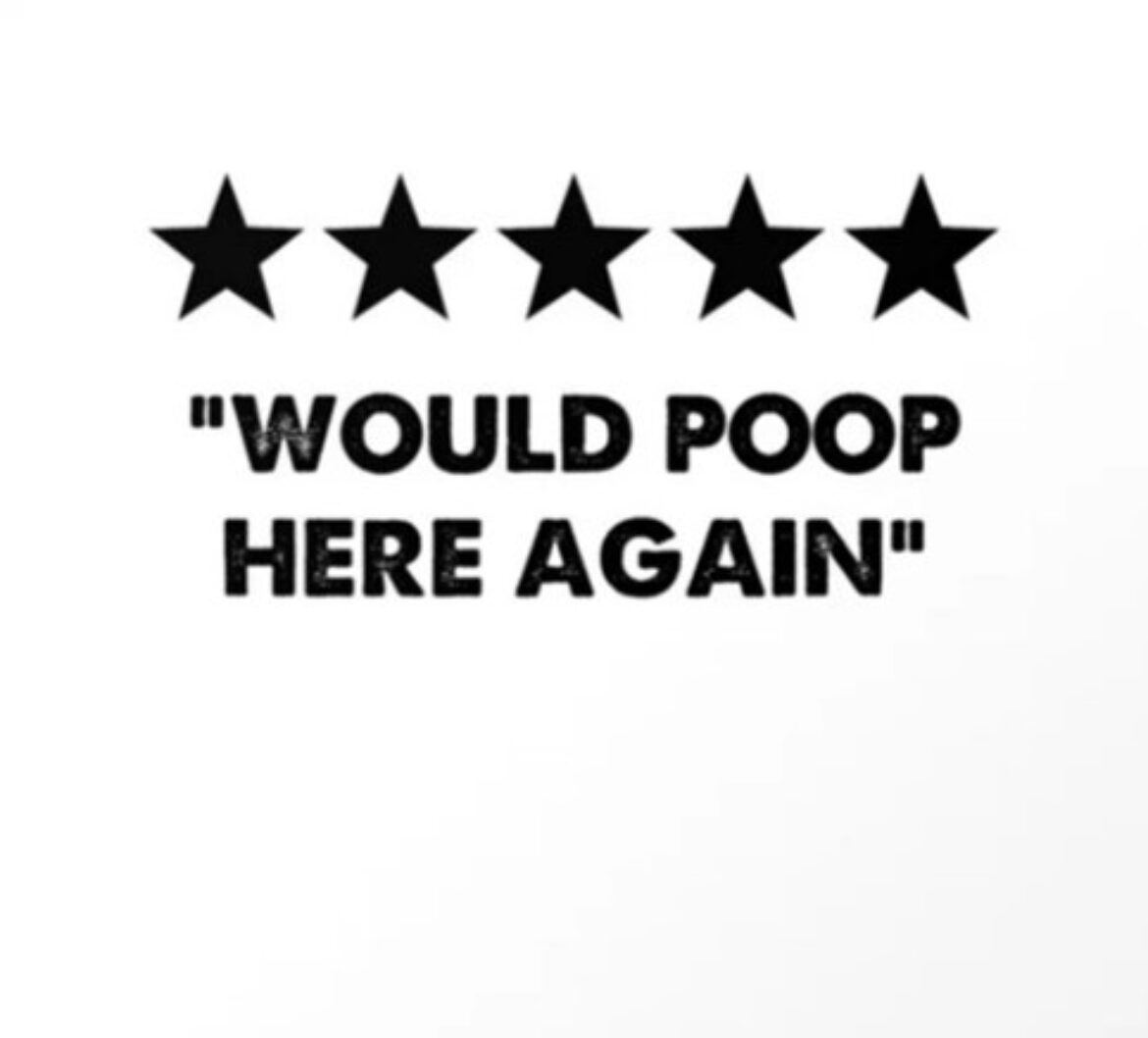
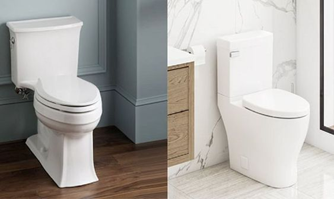
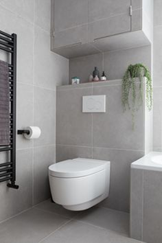

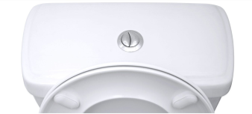
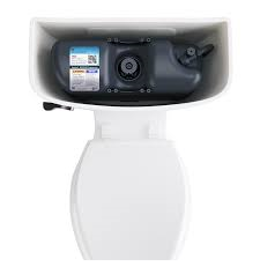

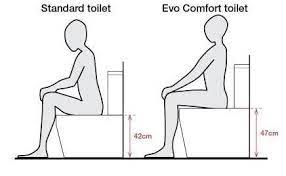
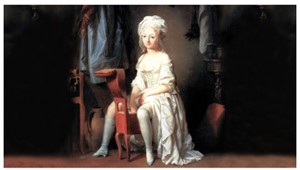
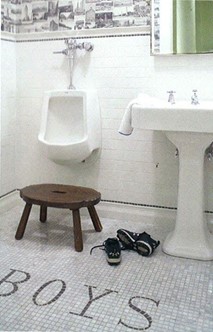
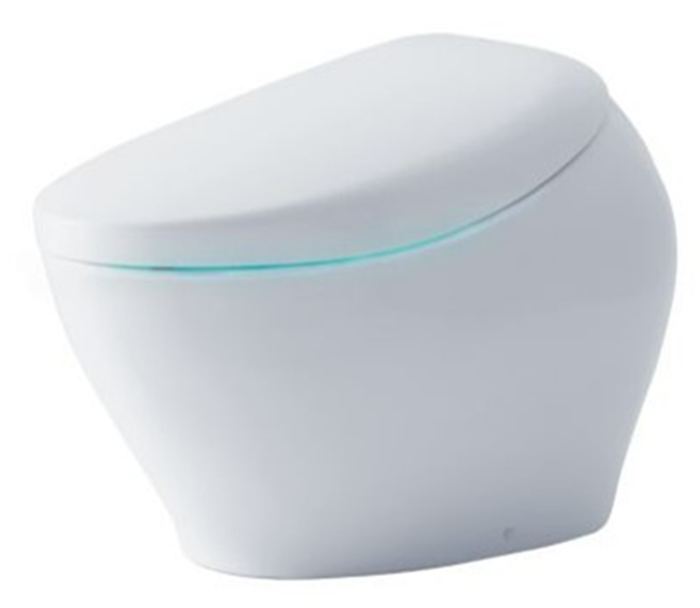
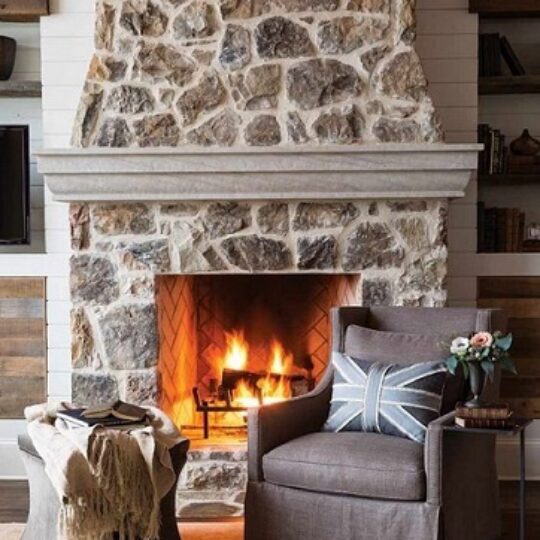
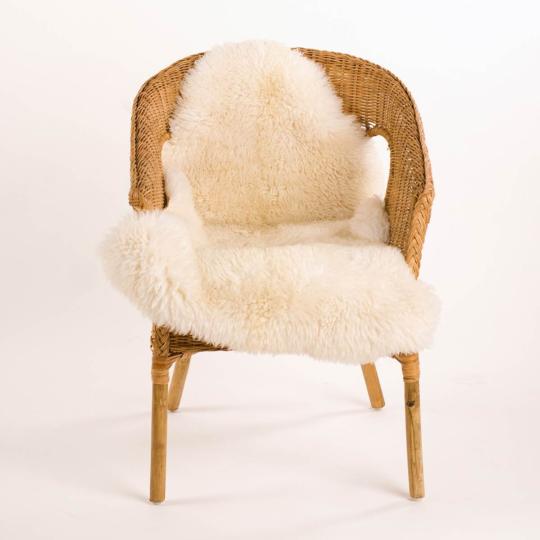
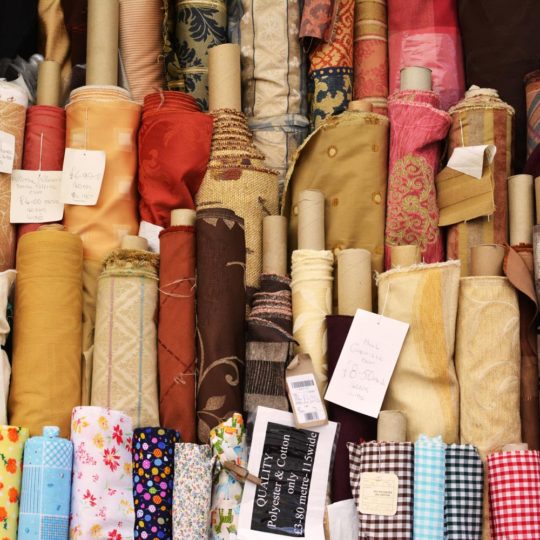





Sorry, the comment form is closed at this time.